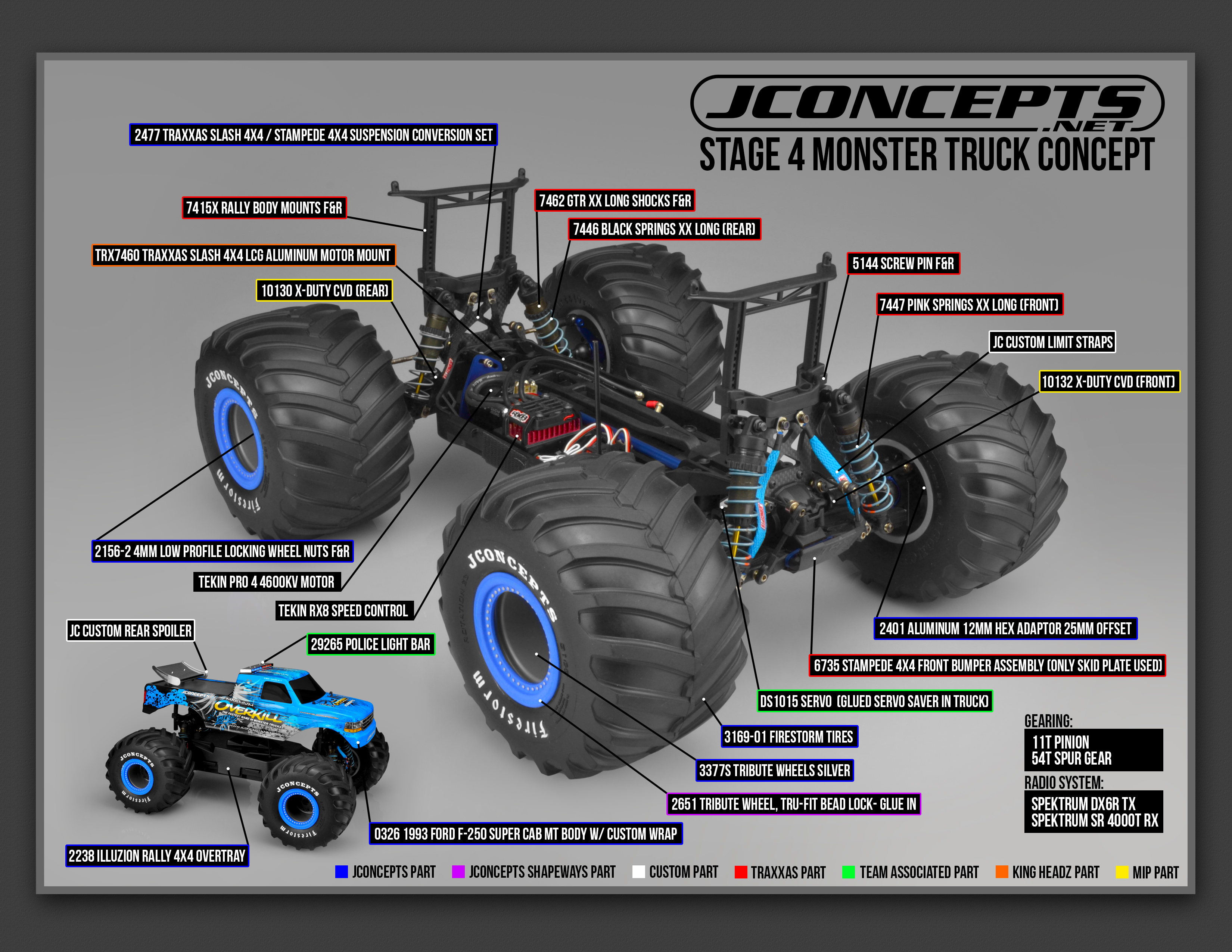The Complex Interplay of Friendship and Business
August 29, 2024
Introduction: The Dichotomy of Personal and Business Relationships
In today’s fast-paced corporate environment, the lines between personal relationships and business interactions often blur, leading to intricate dynamics that can shape both personal and professional outcomes. While friendships can provide a supportive backbone in the often cutthroat world of business, they also risk complicating decision-making processes and introducing emotional conflicts. This duality is vividly illustrated in the works of Jane Austen, where characters grapple with the nuances of relationships, showcasing contrasting views on how personal ties can influence business dealings.
The Cynicism of Business Correspondence
John Knightley’s reflections on letters reveal a pervasive cynicism regarding business communication. He views business correspondence primarily as a necessary chore, underscoring its transactional nature. This mindset emphasizes efficiency over connection, suggesting that personal interactions are often regarded as superfluous. Such a perspective can lead to a disillusioned approach to professional relationships, where individuals prioritize results over rapport. This transactional view can foster isolation, as it diminishes the potential for personal connections to enrich business endeavors. In a world where collaboration is increasingly vital, recognizing the limitations of a purely utilitarian approach is crucial. Businesses that neglect the human element risk losing innovation and creativity, which often stem from genuine relationships.
The Value of Personal Connections
In stark contrast to Knightley’s cynicism, Miss Fairfax represents a more optimistic stance on personal correspondence. Her eagerness to maintain connections highlights the value of nurturing relationships, even within a business context. Personal connections foster trust, collaboration, and mutual understanding, which are essential for effective teamwork. This section discusses how genuine relationships can lead to enhanced communication, increased morale, and more successful outcomes. Moreover, personal ties can serve as a safety net during challenging times, providing emotional support and practical assistance. By prioritizing personal connections, businesses can cultivate a positive workplace culture that encourages loyalty and commitment among employees. Emphasizing the importance of these bonds can transform a workplace from a mere transactional environment into a thriving community.
The Story of Baby: A Case Study
The narrative of Baby, a self-made entrepreneur, serves as a compelling case study on the integration of personal relationships in business. Born during significant historical events, Baby navigates the complexities of the used car sales industry through a network of connections and friendships. His journey illustrates how leveraging personal relationships can lead to success, but it also raises questions about the moral ambiguities inherent in such a path. This section outlines Baby’s experiences, focusing on how his relationships shaped his business decisions and outcomes. While personal connections can provide valuable resources and support, they can also complicate ethical considerations. The interplay of personal and professional relationships in Baby’s story serves as a reminder of the intricate balance required to navigate the business landscape successfully.
The Ghostwriting Experience: A Dual Perspective
Baby’s quest for a ghostwriter to document his life story highlights the delicate balance between professional and personal dynamics. The process of ghostwriting necessitates a close relationship between the author and the subject, often challenging the writer’s objectivity. This section reflects on the ethical considerations that arise when personal rapport intersects with professional responsibilities. Emotional investments can complicate the narrative, especially when the subject’s past includes controversial decisions. The ghostwriter must navigate these waters carefully, balancing the need for authenticity with the responsibility to portray the subject fairly. This dual perspective on the ghostwriting experience illustrates the broader challenges faced when blending personal relationships with professional obligations, emphasizing the importance of integrity and transparency in all interactions.
The Dangers of Mixing Business and Friendship
Although the benefits of intertwining personal and business relationships can be significant, cautionary tales abound. Mixing friendships with business can lead to emotional conflicts and strained relationships, as personal feelings often cloud professional judgment. This section provides anecdotes illustrating the potential pitfalls that arise when boundaries blur. For example, friendships may suffer when business decisions lead to disagreements or perceived betrayals. Establishing clear boundaries is essential to protect both personal relationships and business interests. By maintaining professionalism and setting expectations, individuals can navigate these complexities and minimize the risk of damaging important personal connections. This emphasis on professionalism serves as a critical reminder that while personal ties can enhance business, they require careful management to avoid detrimental outcomes.
Lessons Learned: Navigating Professional Relationships
Drawing from the experiences shared throughout this exploration, several key lessons emerge for managing friendships in business contexts. Effective communication is paramount; individuals must articulate their expectations clearly and address any performance issues openly. This section discusses practical strategies for maintaining healthy relationships while ensuring professional responsibilities are met. Establishing boundaries, fostering mutual respect, and prioritizing transparency can significantly enhance the ability to navigate complex interactions. Additionally, engaging in regular check-ins can help reinforce relationships and address any emerging concerns before they escalate. These strategies encourage a balanced approach, allowing individuals to cultivate friendships while maintaining the professionalism necessary for success in the business world.
Conclusion: The Takeaway on Friendship and Business
The interplay between friendship and business is undeniably fraught with challenges, yet it is also rich with potential. Personal connections can enhance business relationships, leading to improved collaboration and creativity. However, this intricate dance requires careful navigation to avoid conflicts that may arise from emotional ties. Recognizing the need for balance between personal and professional spheres is essential for fostering long-term success and harmonious relationships. By prioritizing effective communication and setting clear boundaries, individuals can harness the strengths of both realms while minimizing risks. Ultimately, the ability to navigate these complexities can lead to a more fulfilling and productive professional life.
Call to Action: Reflecting on Your Own Experiences
As we conclude this exploration of the complex interplay between friendship and business, readers are encouraged to reflect on their own experiences. Consider how personal relationships have influenced your professional journey. Have you encountered challenges in blending these two aspects of your life? Share your insights and stories to foster a community dialogue about navigating the complexities of friendship and business. Engaging in this conversation can provide valuable perspectives and strategies for others facing similar situations, ultimately enriching our understanding of these intertwined realms.





